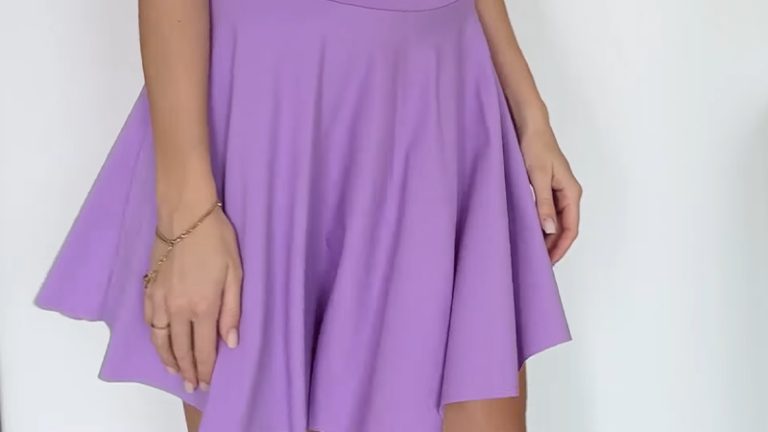
Pattern Description:
This project constructs a 30×20″ finished pillowcase suitable for a standard bed pillow. Utilizing 1⁄2″ seam allowances, the design features piping and a contrasting band sewn onto the main pillowcase body.
Construction involves creating fabric loops for the piping and band, assembling the body, attaching the layers, and completing the pillowcase with topstitching.
Materials Needed & Measurements:
The finished pillowcase measures 30×20″ and fits a standard-size bed pillow. Yardages and cutting instructions are based on 42″ of usable fabric width.
Measurements include 1⁄2″ seam allowances for the pillowcase construction.
Materials for one pillowcase:
| Item | Yardage Needed | Cut Piece(s) | Role |
| Orange print | 1⁄8 yard | 1 – 2×41″ strip | Piping |
| Blue print | 1⁄3 yard | 1 – 11×41″ strip | Band |
| Dog print | 7⁄8 yard | 1 – 26×41″ rectangle | Pillowcase body |
Instructions for Making the Pillowcase with Piping Pattern:

Preparation, Materials, and Cutting
The creation of the pillowcase requires three distinct fabric prints to form the piping, the band, and the main body.
Materials Required for one pillowcase:
- 1⁄8 yard of the orange print, designated for the piping.
- 1⁄3 yard of the blue print, designated for the band.
- 7⁄8 yard of the dog print, which forms the core pillowcase body.
Cutting Instructions:
The fabric pieces must be cut to specific dimensions, noting that all measurements already incorporate the necessary 1⁄2″ seam allowances.
- From the orange print, cut 1 2×41″ strip.
- From the blue print, cut 1 11×41″ strip.
- From the dog print, cut 1 26×41″ rectangle.
Assembling the Piping and Band
The initial assembly focuses on preparing the narrower piping element and the wider contrasting band element by turning the cut strips into loops.
- Assemble the Piping: Take the orange print 2×41″ strip. Join the short ends of this strip together. This stitching should form a continuous loop. Press the newly sewn seam open. Following this, fold the resulting loop in half, ensuring that the wrong side is positioned inside the fold. Finally, press the folded loop flat to finalize the pillowcase piping component.
- Assemble the Band: Use the blue print 11×41″ strip. Similar to the piping, join the short ends of this strip together to create a loop. Press this seam open after joining. Next, fold the loop in half, again making sure the wrong side is inside the folded structure. Press the folded loop to complete the pillowcase band.
Assembling the Pillowcase Body
The main structure of the pillowcase is formed using the largest piece of fabric, the dog print rectangle.
- Take the dog print 26×41″ rectangle. Fold this rectangle in half. When folded, the dimensions of the body piece should be 26×20 1⁄2″.
- To construct the main body, sew the folded piece together. This involves stitching the long edges and one pair of short edges. This sewing step creates the complete pillowcase body.
- Once the body is sewn, turn the resulting unit right side out. After turning, press the pillowcase body flat.
Attaching the Band and Piping
With the body assembled and the piping and band loops prepared, these three components are layered and secured to the opening of the pillowcase.
- Attach the Piping: Slide the pillowcase piping (the orange print loop) over the pillowcase body. It is critical to align the raw edges of the piping with the raw edge of the pillowcase body. Once aligned, baste these layers together (as shown in Diagram 1).
- Attach the Band: Slide the pillowcase band (the blue print loop) over the previously basted piping. Align the raw edges of the band with the raw edges of the piping and the pillowcase body. Pin the three aligned layers together.
- Secure All Layers: Sew through all layers simultaneously- the band, the piping, and the pillowcase body (Diagram 2 illustrates the three layers being secured).
Finishing the Pillowcase
The final steps involve pressing the seams open and applying a finishing stitch to secure the structure.
- Pressing: After attaching the band and piping, press the layers open. The seams should be pressed specifically toward the pillowcase body.
- Topstitching: To secure the seam allowances and complete the entire pillowcase, topstitching is necessary. This topstitching must be applied directly onto the pillowcase body. The stitch line should be positioned 1⁄8″ from the band edge. This final topstitch secures the seam allowances and finishes the pillowcase structure (as depicted in Diagram 3).
Download Free PDF:






